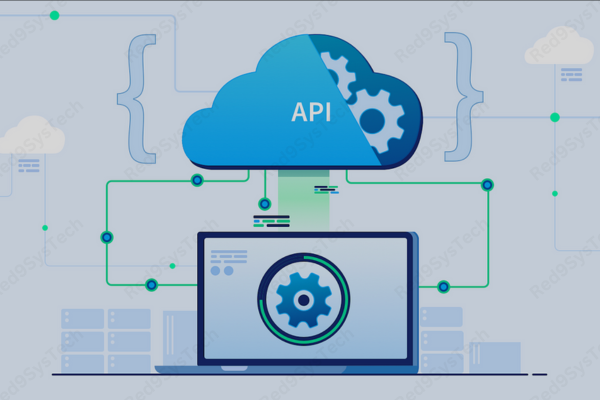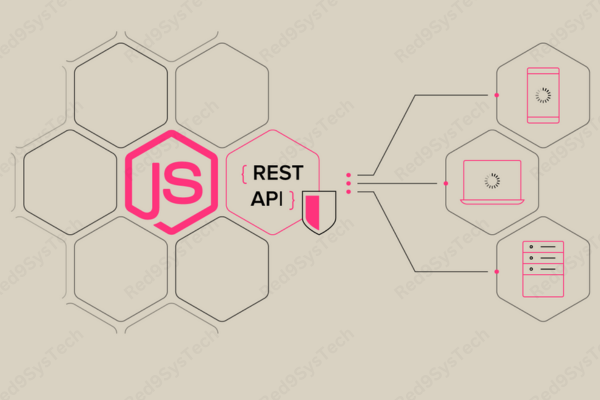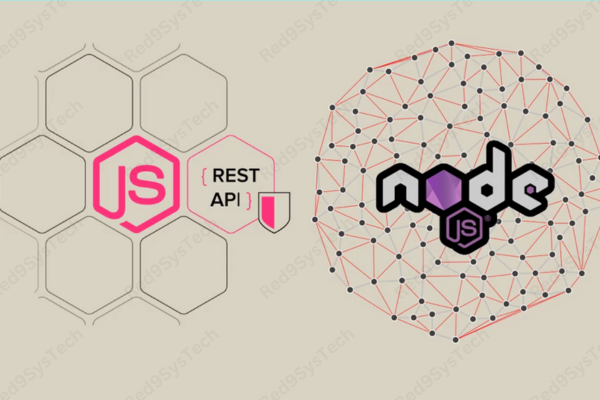Introduction: The Journey to Scalable APIs
Imagine you’re developing a web application that starts gaining traction. Users are signing up, data is flowing in, and everything seems perfect—until your API starts slowing down, and users experience delays. This scenario underscores the importance of building scalable APIs that can handle growth seamlessly.
In this guide, we’ll explore how to craft scalable APIs using Node.js, a powerful JavaScript runtime known for its efficiency and scalability. Whether you’re a budding developer or looking to enhance your backend skills, this journey will equip you with the knowledge and tools to build robust APIs.

Understanding the Basics: What Makes an API Scalable?
Before diving into the technicalities, it’s essential to grasp what scalability means in the context of APIs:
Performance Under Load: The API should maintain optimal performance even as the number of users or requests increases.
Maintainability: The codebase should be organized and modular, allowing for easy updates and debugging.
Flexibility: The architecture should accommodate new features or integrations without significant overhauls.
Setting the Foundation: Node.js and Express
Node.js is renowned for its non-blocking, event-driven architecture, making it ideal for building scalable network applications. When paired with Express, a minimal and flexible Node.js web application framework, you get a powerful combination for API development.
Explore more blogs related to Node.js.

Designing with Scalability in Mind
1. Modular Architecture
2. Asynchronous Operations
3. Efficient Database Interactions
Use Object-Relational Mapping (ORM) tools like Sequelize or Mongoose to manage database operations efficiently. Implement indexing and query optimization to enhance performance.
Scaling Strategies
1. Load Balancing
Distribute incoming traffic across multiple servers using load balancers to prevent any single server from becoming a bottleneck.
2. Horizontal Scaling
Add more instances of your application to handle increased load. Platforms like AWS Elastic Beanstalk or Docker Swarm facilitate this process.
3. Monitoring and Logging
Use monitoring tools like New Relic or Prometheus to track application performance and identify potential issues proactively.
Explore more blogs related to Node.js.

Security Considerations
Authentication and Authorization: Implement robust authentication mechanisms, such as JWT, and enforce role-based access control.
Rate Limiting: Prevent abuse by limiting the number of requests a user can make in a given timeframe.
Data Sanitization: Always sanitize user inputs to protect against injection attacks.
Conclusion: Embrace the Journey
Building scalable APIs is a continuous journey of learning and adaptation. By adhering to best practices, leveraging the strengths of Node.js, and staying vigilant about performance and security, you can craft APIs that not only withstand growth but thrive in it.
Remember, scalability isn’t just about handling more users; it’s about providing consistent, reliable, and efficient service regardless of the load.
Explore more blogs related to Node.js.





